
An increase in brightness as well as the reduction of its level helps to adapt the computer screen to certain tasks and the environment. For example, with bright lighting, this parameter is raised to reduce the load on the eyes. See photos and movies are also more comfortable on a bright display. Today we will tell you how to make a brighter screen laptop with Windows 10.
If you notice that some functions do not work or the brightness controls are not displayed, be sure to install the latest drivers for the video card, as well as update the system.
Read more:
Ways to update video card drivers on Windows 10
How to update windows 10
Method 1: Special Soft
Pangobright is a free utility for brightness control. Allows you to make a lighter not only the image on the main display of the laptop, but also on the connected external screens. At the same time, on each of them you can set an individual level. It does not require installation, and in its English-speaking interface it is difficult to get confused, since in addition to adjusting the brightness of the screen and changes in the color of it, it does not perform any functions.
Download Pangobright from the official site
To use the utility, download the executable file from the official page and run it. Open the notification area, you click on the Pangobight icon and set the desired value.
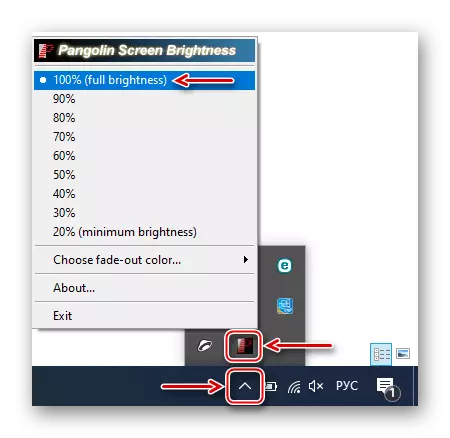
Method 2: Keyboard
On the keyboards of all laptops there are keys for brightness adjustment - look for an appropriate image with a plus sign.
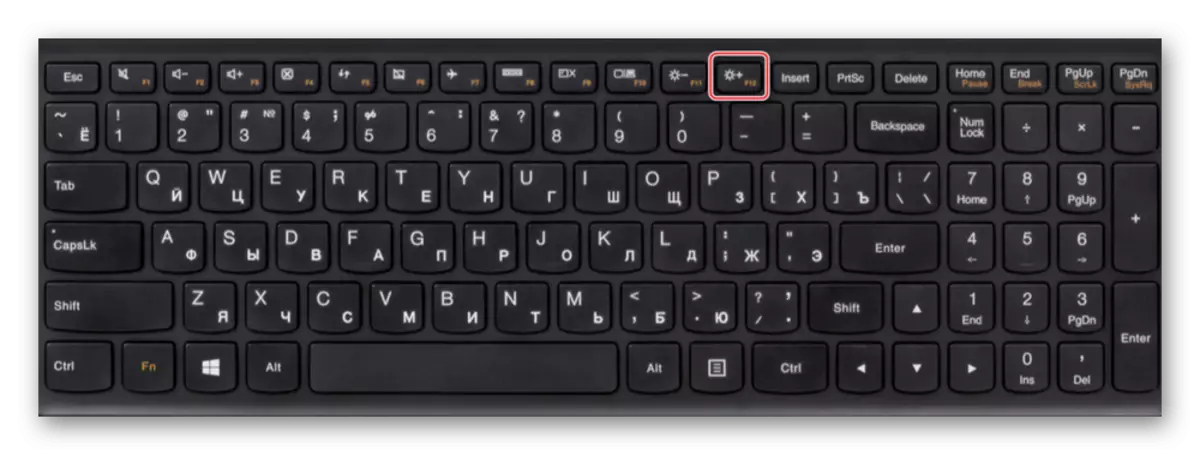
Often this button is active only in combination with the Fn key, which is designed to combine functions. In this case, first clamp Fn and then the brightness increase button.
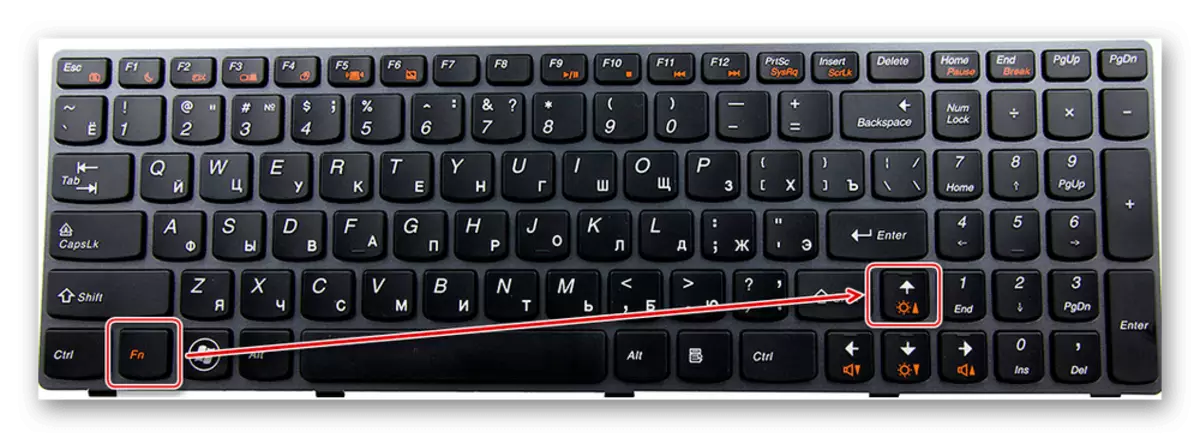
Method 3: System Parameters
Make an image on the laptop screen brighter in the "parameters" windows.
- Right-click on the "Start" menu and select "Parameters".
- Open the section "System".
- In the "Display tab, we find the built-in display brightness element and drag it to the right slider.
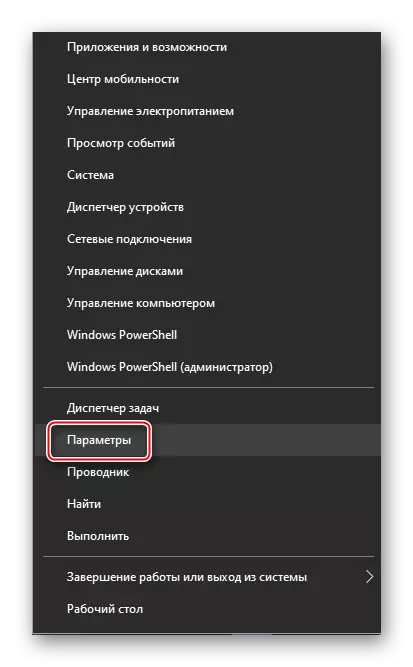
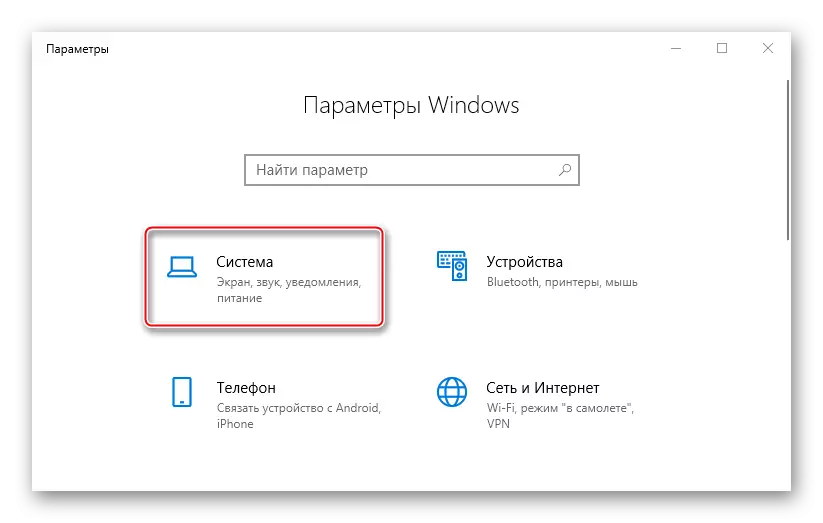
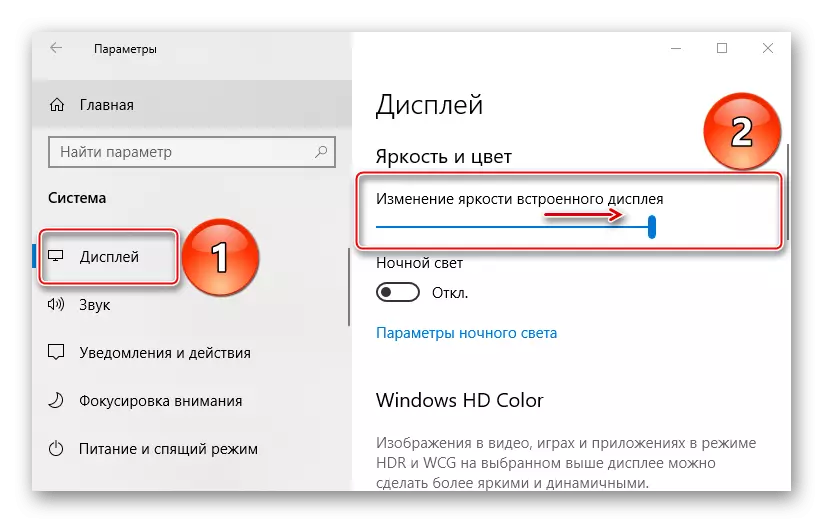
Method 4: "Notification Center"
"Notification Center" is an area where Windows provides advice, recommendations and tips, and also leave their messages some applications. There is also a quick access panel to some system options, including brightness adjustment.
- Click on the mouse on the tsu icon. If the fast action panel is minimized, click "Expand".
- Under the tiles will appear the display brightness settings. To enlarge this parameter, move the slider to the right.
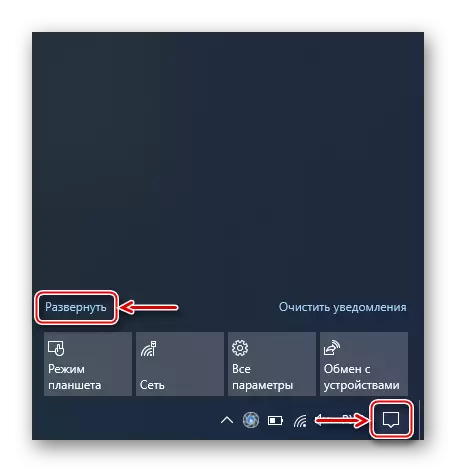
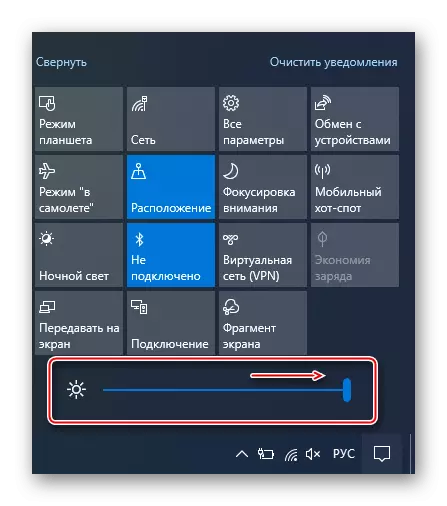
If the scales in the "Notification Center" are not, you can add it.
- In the System section, open the "Notifications and Actions" tab and click "Edit Quick Actions".
- CSU will open, where you can delete available and add additional options. Click "Add" and select "Brightness".
- When the scale is added to the fast action panel, click "Finish" to fix it.
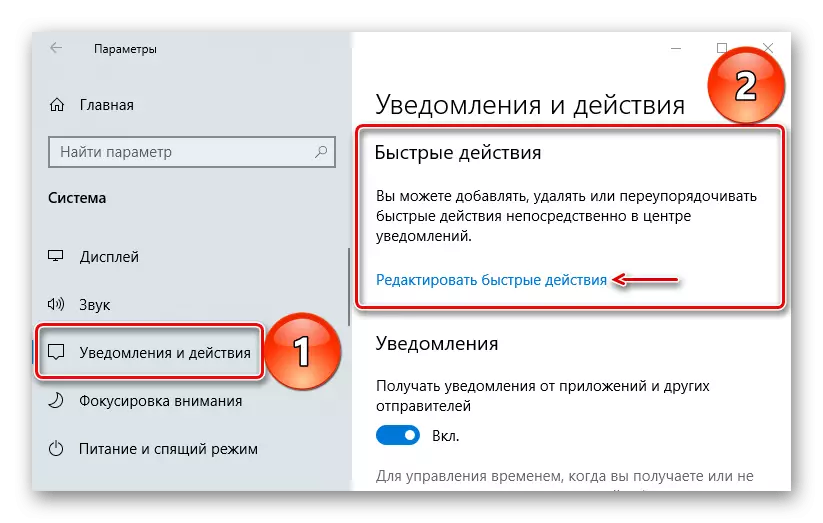
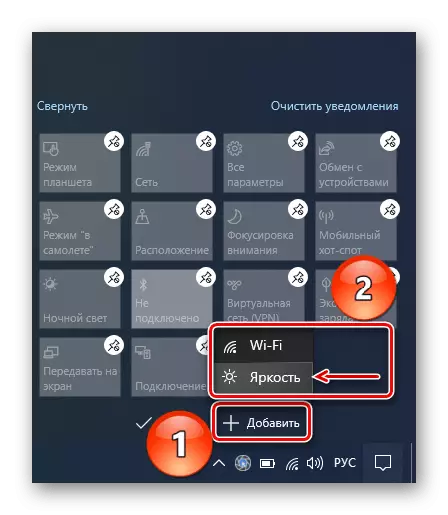
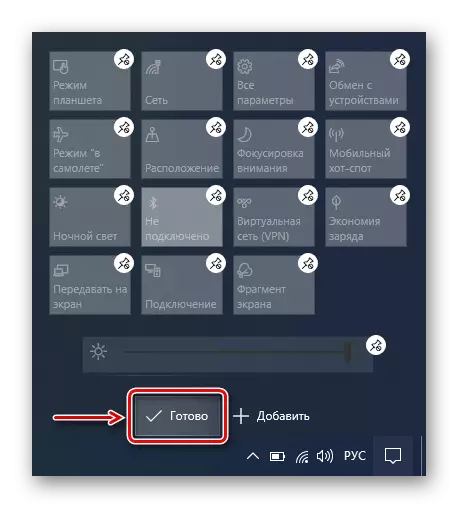
Read also: Setting up "Notifications Center" in Windows 10
Method 5: "Mobility Mobility Windows"
"Mobile Center" - a built-in option that is usually available on portable devices. It provides quick access to sound, power, power, external display and synchronization, and also allows you to make an image on the screen brighter.
- Right-click on the Start menu and launch the Mobility Center.
- In the window that opens, we find the "Brightness" block and use the slider to increase this parameter.
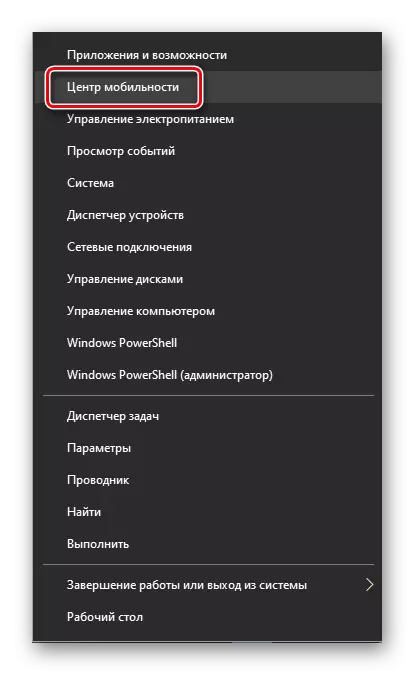
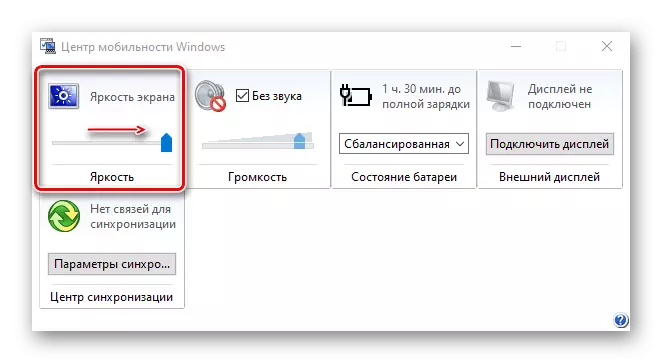
Method 6: PowerShell
You can make the screen brighter using PowerShell - Applications for managing the system using tasks and processes.
- Run "PowerShell" by searching for Windows 10.
- We enter the code:
(Get-WMIObject -NameSpace root / WMI -Class WMImonitorBrightnessMethods) .wmisetBrightness (1, Brightness Level)
The phrase "Brightness Level" is replaced with the desired brightness level (from 1 to 100) and click "ENTER".
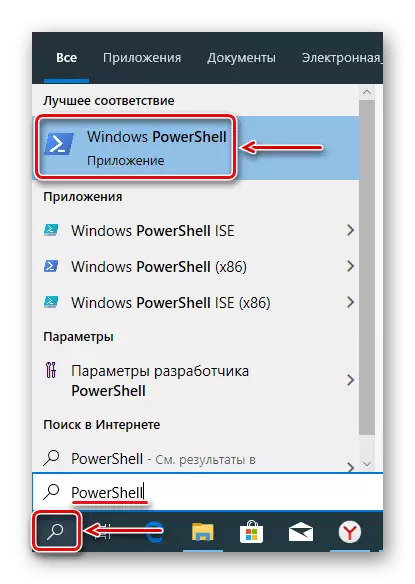

Method 7: Video Card Control Panel
Along with video users, special software is usually installed. It is used to manage graphic card parameters, as well as the realization of their capabilities. With this software, you can make a laptop screen brighter.AMD control panel
- Click right-click on the desktop and select "Radeon Settings" in the context menu.
- Open the "Display" tab and with the help of the appropriate scale, we increase the brightness.
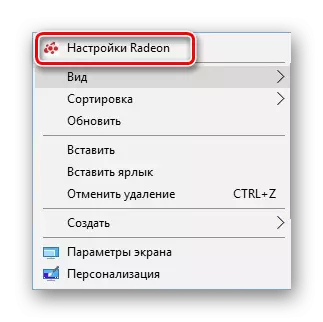
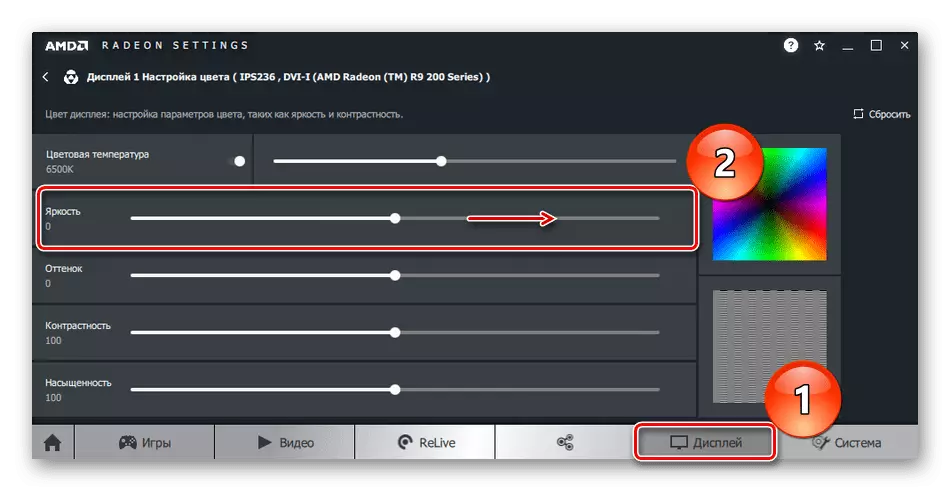
Intel HD-graphics Control Panel
- Using Windows search, you start the "Control Panel".

Read also: Opening the "Control Panel" on a computer with Windows 10
- In the "View" column, select "Minor Icons" to display all sections, and open the Intel's HD-graphics control panel.
- Select the section "Display".
- Go to the "Color" tab, in the "Improving color quality" block, we increase the brightness and click "apply".
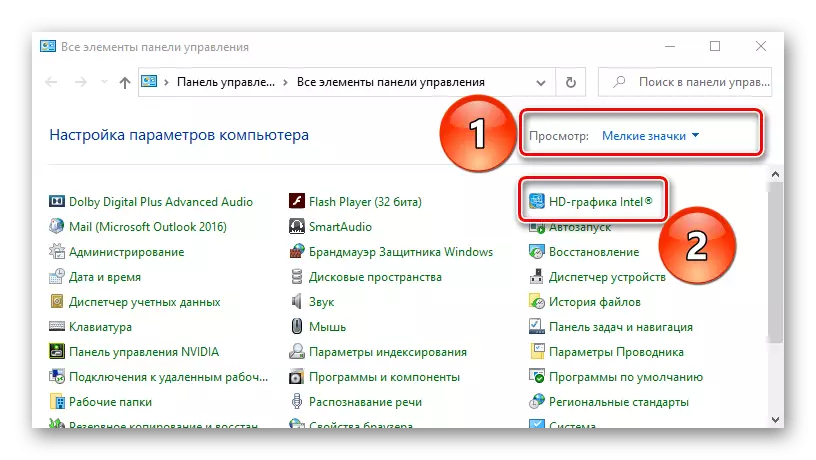
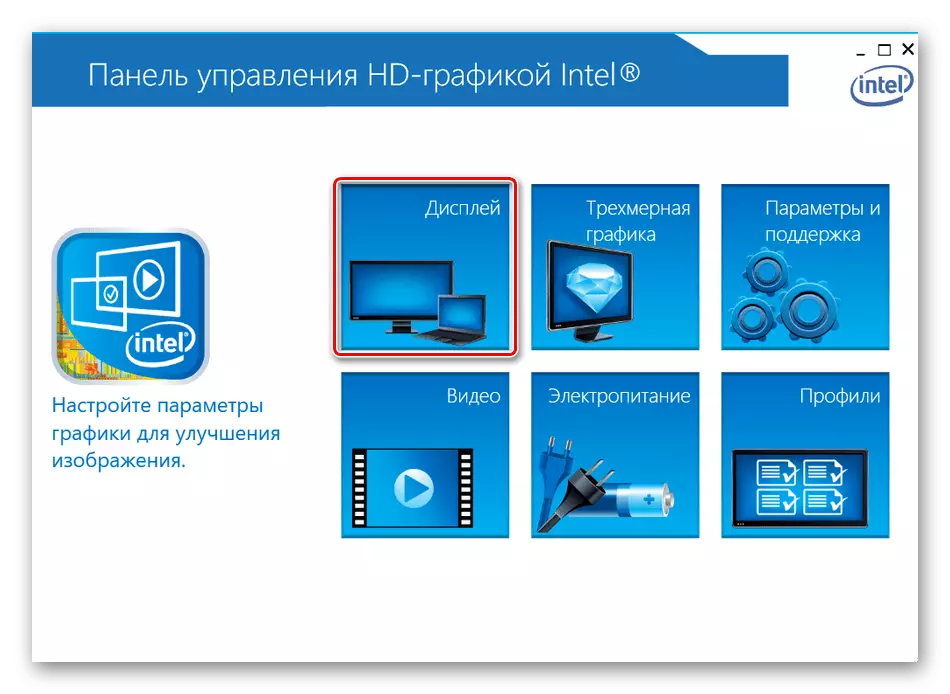
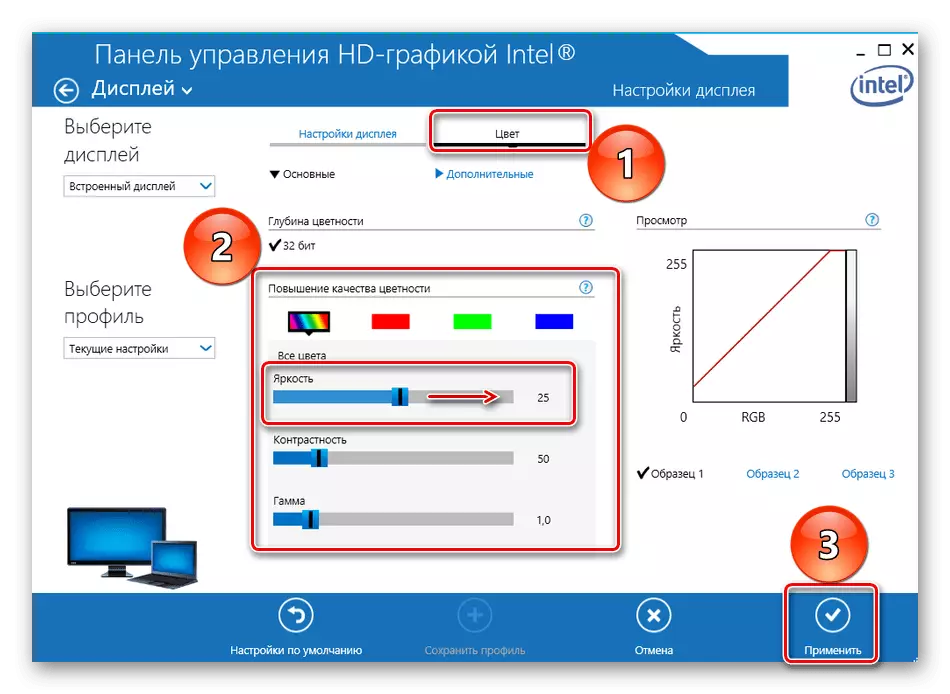
Control panel NVIDIA
- Open the "Control Panel" again and launch PU Nvidia.

Read also: Run the NVIDIA control panel
- In the "Display" tab, select "Adjusting the desktop parameters". In the "Select Color Installation Method" block, mark "Use NVIDIA settings", increase the brightness and click "Apply".
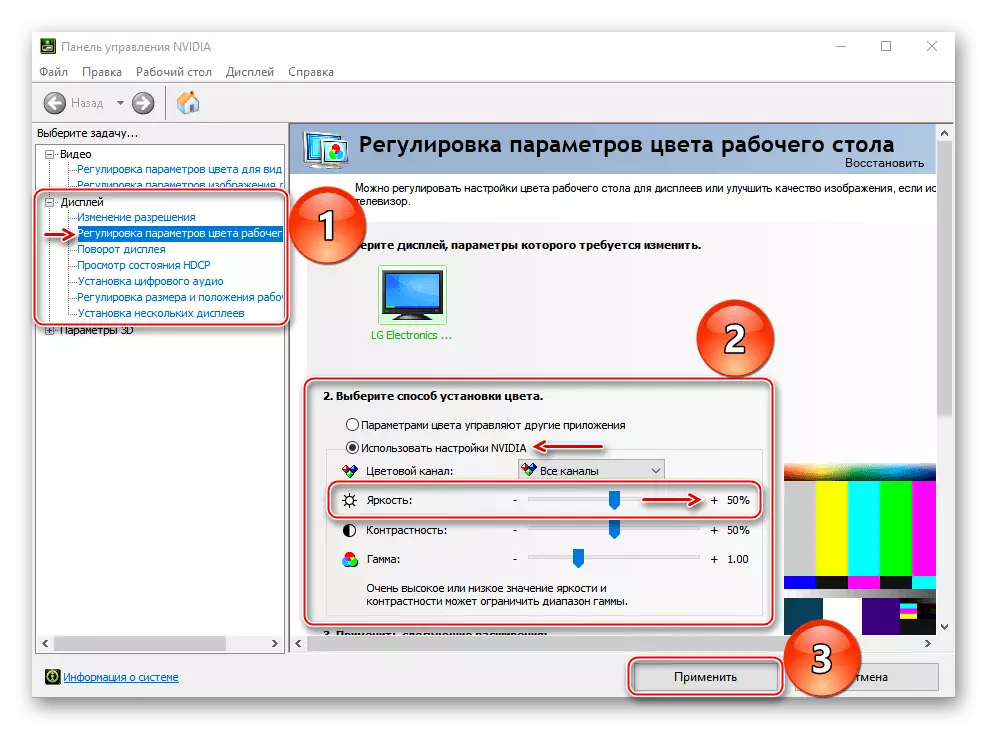
AMD most often uses its processors and graphic accelerators, but most laptops are simultaneously equipped with Intel and NVIDIA video cards. In this bundle Intel is a built-in graphic board, and GeForce is discrete. The default priority receives an integrated card, so Nvidia PU usually limited functionality - without display settings. But if, for example, the Intel HD graphics is not working, you can try to switch the video cards, although it does not always help.
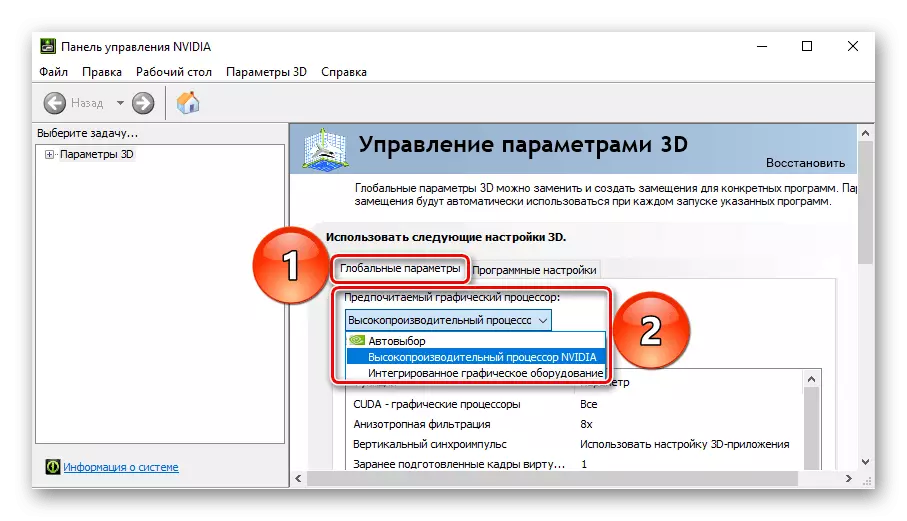
Read more:
Switch video cards in a laptop
How to enable or disable the built-in video card
We offered several ways to increase the brightness of the laptop screen, so that you have to achieve the result. After all, it often happens so that some one or even several methods do not work.
